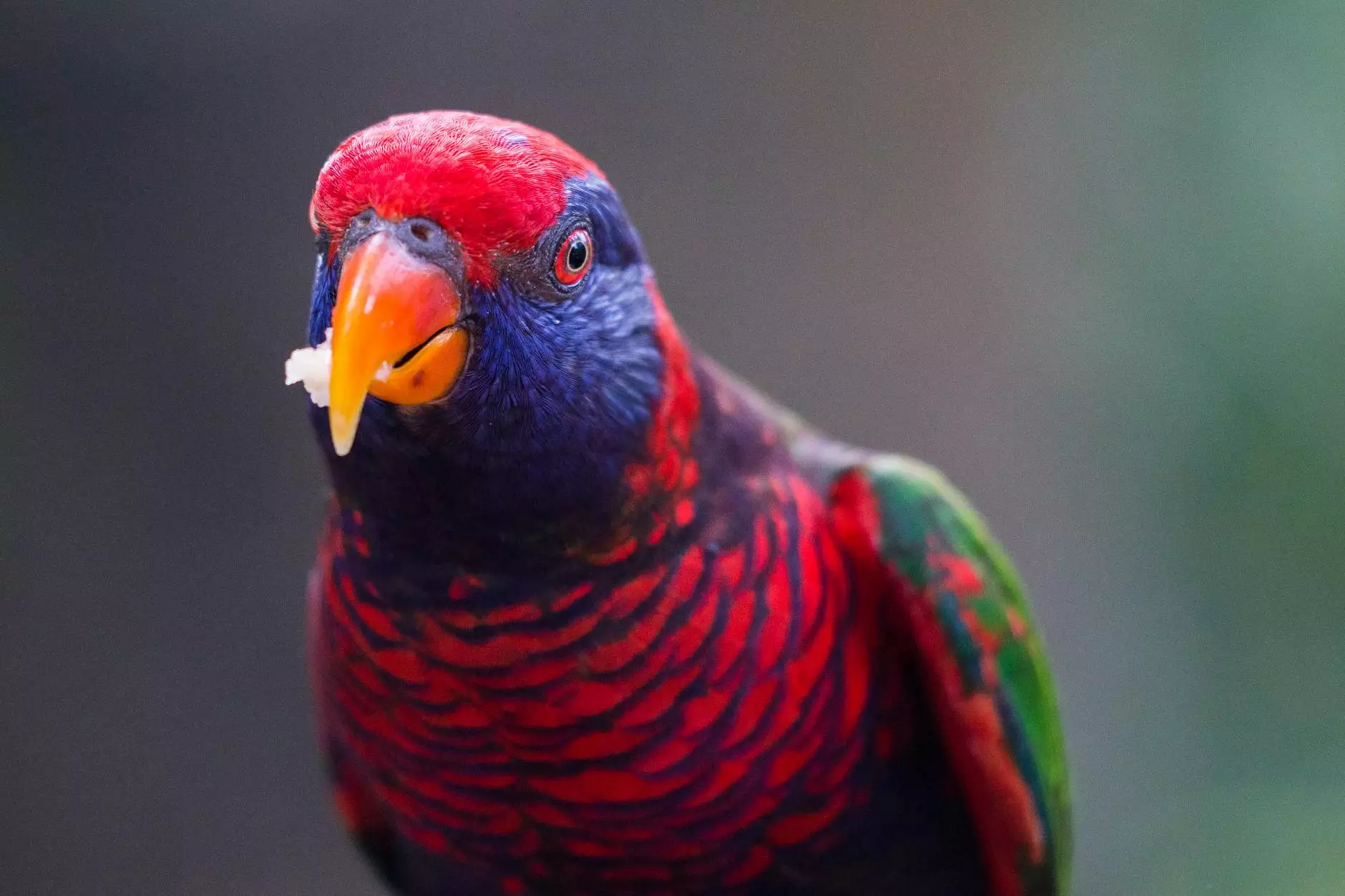Comprehensive Guide to Insect Pest Management in Agriculture

Insect pest management is a critical aspect of modern agriculture, playing an essential role in sustaining crop health and productivity. As farmers strive to increase yields and maintain quality, understanding how to effectively manage insect pests becomes paramount. This article will explore various strategies, tools, and methodologies for effective pest management.
Understanding Insect Pests
Insect pests can pose significant threats to crops, potentially leading to devastating losses. These are a few common types of insect pests that farmers need to be aware of:
- Leafhoppers: Small, agile insects that can transmit plant diseases.
- Aphids: Known for their rapid reproduction, they feed on plant sap and can weaken plants significantly.
- Hornworms: Caterpillars that can completely defoliate plants like tomatoes and peppers.
- Spider Mites: Tiny pests that can cause stippling on leaves and lead to plant stress.
The Importance of Insect Pest Management
Effective insect pest management is crucial for several reasons:
- Protect Yield: Pests have the potential to devastate crops, which can lead to significant losses in yield and income.
- Reduce Chemical Use: Smart pest management can minimize the need for chemical pesticides, resulting in a more sustainable farming approach.
- Preserve Ecosystem Balance: Healthy pest management practices preserve beneficial insects and biodiversity.
- Enhance Food Safety: Lower pesticide usage contributes to healthier food products and reduces chemical residues in food supply.
Integrating Pest Management Strategies
Integrating a variety of pest management strategies is essential for effective pest control. This approach, known as Integrated Pest Management (IPM), focuses on holistic and sustainable practices.
1. Cultural Control
Cultural practices can create an environment that is less conducive to pest infestations. These might include:
- Crop Rotation: Changing crops each season disrupts the life cycles of persistent pests.
- Sanitation: Keeping fields clean of debris and old plants can help reduce breeding habitats.
- Planting Resistant Varieties: Using pest-resistant crop varieties minimizes potential damage.
2. Biological Control
Biological control utilizes natural predators or parasites to manage pest populations. Some strategies include:
- Introducing Beneficial Insects: Ladybugs and lacewings can consume harmful pests like aphids.
- Utilizing Parasitoids: Certain wasps lay their eggs in pest insects, controlling their populations naturally.
- Encouraging Biodiversity: A diverse ecosystem increases the presence of beneficial organisms that can combat pests.
3. Mechanical Control
Mechanical methods involve the physical removal or barrier methods to prevent pests from accessing crops.
- Using Row Covers: Light fabric barriers can protect crops from insect pests without chemicals.
- Trap Crops: Planting certain crops that attract pests can distract them from valuable crops.
- Hand-Picking: For smaller infestations, manual removal of pests can be effective.
4. Chemical Control
When pest populations exceed acceptable levels, chemical controls may be necessary. It is vital to approach this method prudently:
- Targeted Applications: Apply pesticides only where pests are present to minimize environmental impact.
- Choosing the Right Pesticide: Select pesticides that specifically target the pests, reducing harm to beneficial species.
- Follow Regulations: Always adhere to local agricultural regulations regarding pesticide use.
Monitoring and Assessment
Monitoring pest populations is a critical step in insect pest management. Regular assessments allow farmers to make informed decisions based on the current situation:
- Regular Crop Inspections: Frequent checks can help identify pest problems early, allowing for timely intervention.
- Pest Traps: Utilize traps to monitor and estimate pest populations accurately.
- Field Scouting: Train teams to consistently walk fields and report observations on pest activity.
Technology in Pest Management
As technology advances, so do the tools available for pest management:
- Drones: High-resolution imagery from drones can identify pest infestations early.
- Mobile Apps: Several applications provide real-time pest alerts and management recommendations.
- Data Analytics: Analyzing historical data can help predict pest outbreaks based on conditions.
Sustainable Practices in Insect Pest Management
With increasing awareness of environmental sustainability, many agricultural practices are shifting towards sustainability. Implementing sustainable pest management involves:
- Organic Farming: Emphasizing organic methods minimizes chemical inputs and promotes health.
- Permaculture Principles: Designing ecosystems that are self-sustaining can reduce pest issues.
- Continuous Education: Staying informed about the latest sustainable practices ensures effective pest control methods.
Conclusion: The Future of Insect Pest Management
As global agricultural demands intensify, the importance of effective insect pest management will continue to grow. Adopting a multi-faceted approach that combines cultural, biological, mechanical, and chemical methods will ensure sustainable farming practices that protect crops while promoting environmental health.
Farmers should partner with professionals and utilize resources like those available from TSGC Inc. to implement the best practices in pest management. Embracing these concepts not only strengthens crop resilience but also fosters a healthier ecosystem for future generations.
For more information on effective pest management strategies and farm equipment repair, visit TSGC Inc..









